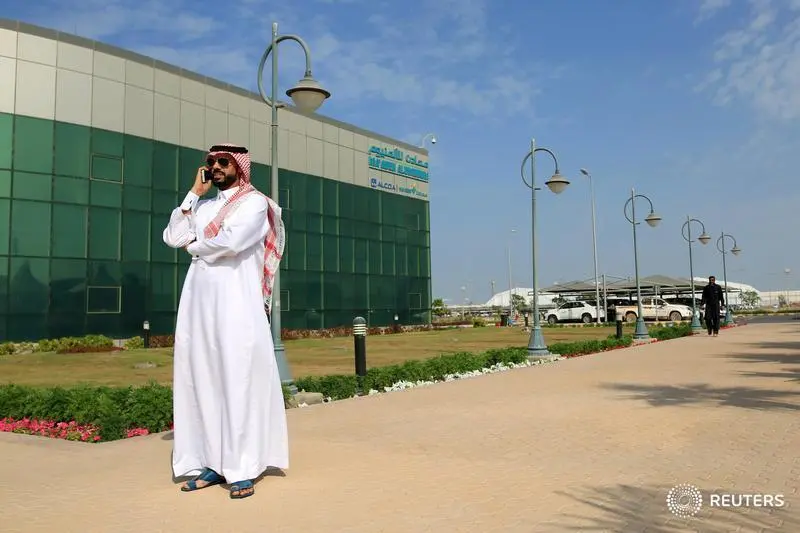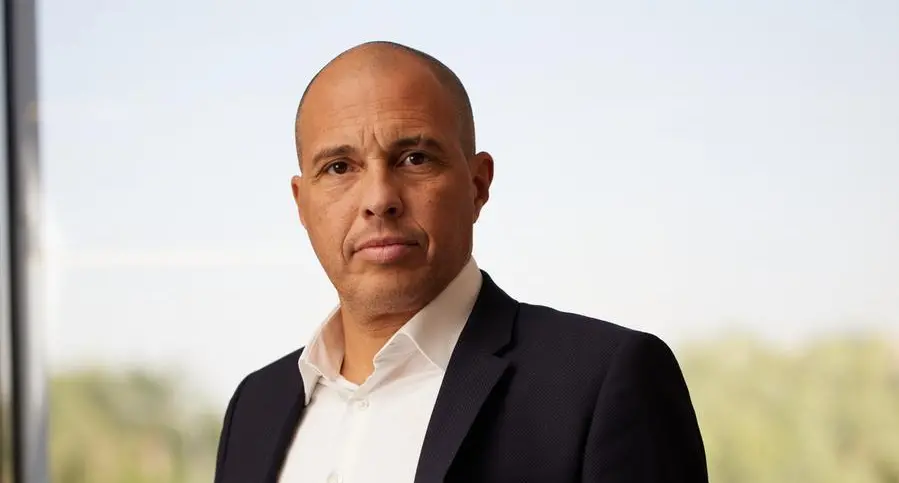PHOTO
Having worked in leadership roles across various organisations and geographies, I have witnessed a wide range of workplace cultures — some that inspire, others that merely function, and a few that damage both performance and people.
At one end of the spectrum are professionally managed organisations built on transparency, trust, and mutual respect. These workplaces foster open communication across hierarchies. Authority is well-delegated, and decision-making involves collective inputs. Mistakes are treated as learning experiences. Such cultures empower individuals, energise teams, and foster innovation.
Employees in such environments wake up motivated, feel a sense of ownership, and are driven by purpose rather than compulsion. Creativity is welcomed, managers mentor rather than micromanage, and the atmosphere supports mental and emotional well-being.
Then there are organisations with what I call a 'mixed' culture. These are neither toxic nor inspiring. Rules are rigid, especially around attendance and performance tracking. Communication tends to be transactional, with limited interpersonal connection. While work gets done, it’s often robotic — employees check in, perform their tasks, and leave without emotional investment.
Training is minimal, creativity is stifled, and leadership typically follows an outdated command-and-control style. There’s no toxicity per se, but also no nurturing of human potential.
At the other end of the spectrum lie toxic organisations — where culture is not just flawed but destructive.
In these companies, a single individual — typically the owner, managing director, or CEO — controls every aspect of decision-making. Micromanagement is the norm. Senior professionals, including CXOs, have little or no autonomy. Internal operations revolve around fear, not trust. Communication is top-down, often marked by shouting, public criticism, and humiliation.
A coterie of informants keeps the leader updated with internal gossip, further breeding paranoia and mistrust. Delegation is absent. The leadership style is authoritarian at best, and abusive at worst.
Worryingly, in many such organisations, the top leader may lack formal education or management experience, often devaluing professionals by dismissing their skills. Common refrains such as 'Finance is just common sense' or 'Strategy is nothing new' are thrown around in meetings. Professional inputs are ignored, and senior executives are ridiculed in front of their juniors. All decisions — be it procurement, sales, or finance — are centralised in the hands of one person.
Successes are personally claimed by the leader. Failures, no matter how trivial, are blamed on department heads and penalised— sometimes even with financial deductions for minor clerical errors. There is no reward, only reprimand. Qualified professionals who can leave, do so quickly. Others, often stuck due to circumstances, continue under constant stress, eventually suffering severe mental health consequences.
Some of these organisations may appear successful from the outside — boasting strong products, decent infrastructure, or even profitability. But internally, they are chaotic and toxic. There is no organisational hierarchy, no clarity of roles, and no empathy. The workplace becomes a psychological battlefield. Careers are curtailed. Dignity is stripped away. Mental well-being is a casualty.
What makes the situation worse is the absence of regulatory oversight. These are often unlisted companies — family-run or single-promoter-driven — with no independent boards to check excesses. Governance is informal, and professionalism is routinely compromised. It is time to change that.
Just as we have financial audits and quality inspections, there is an urgent need for institutional mechanisms to assess organisational culture and psychological safety. A regulatory framework — possibly initiated in developed economies — could help certify companies on parameters such as ethical leadership, employee well-being, governance structure, and managerial accountability.
Such a move could identify toxic companies, mandate structural reforms, and prevent long-term damage to human capital. Investors, professionals, and job-seekers deserve visibility into not just balance sheets but also culture sheets.
Workplaces should inspire, not intimidate. Mental health is no longer a personal issue — it is a workplace responsibility. A toxic culture doesn’t just break people — it eventually breaks organisations.
Mrutyunjaya Mohanty
The author is a Chartered Accountant and currently serves as a Chief Financial Officer
Mrutyunjaya Mohanty 2022 © All right reserved for Oman Establishment for Press, Publication and Advertising (OEPPA) Provided by SyndiGate Media Inc. (Syndigate.info).
Mrutyunjaya Mohanty





















